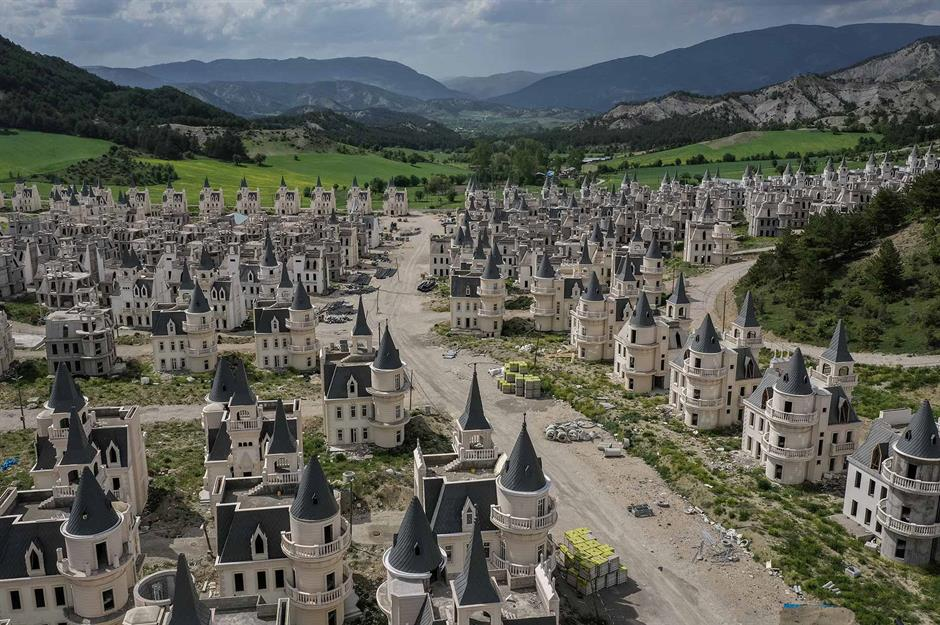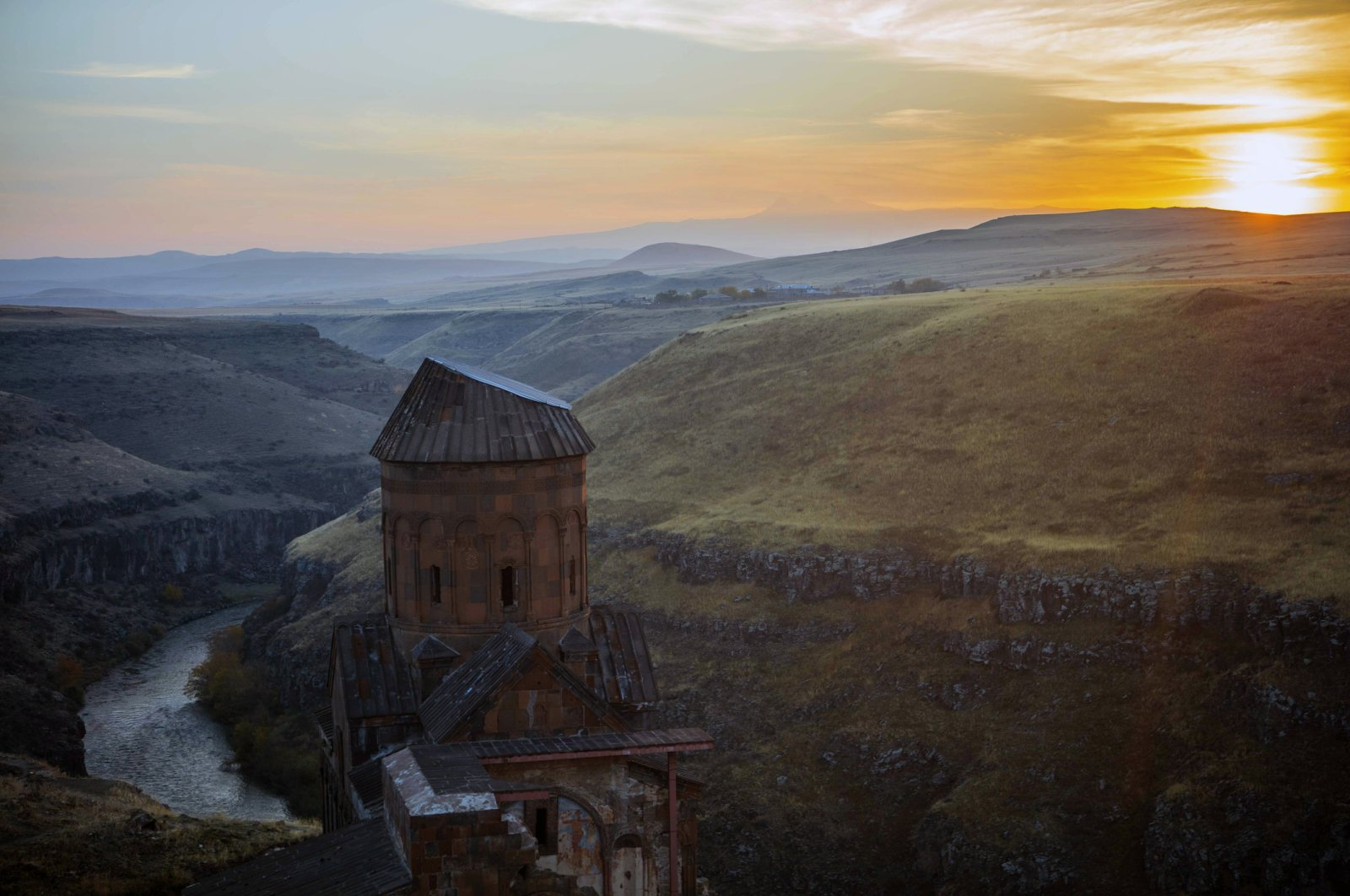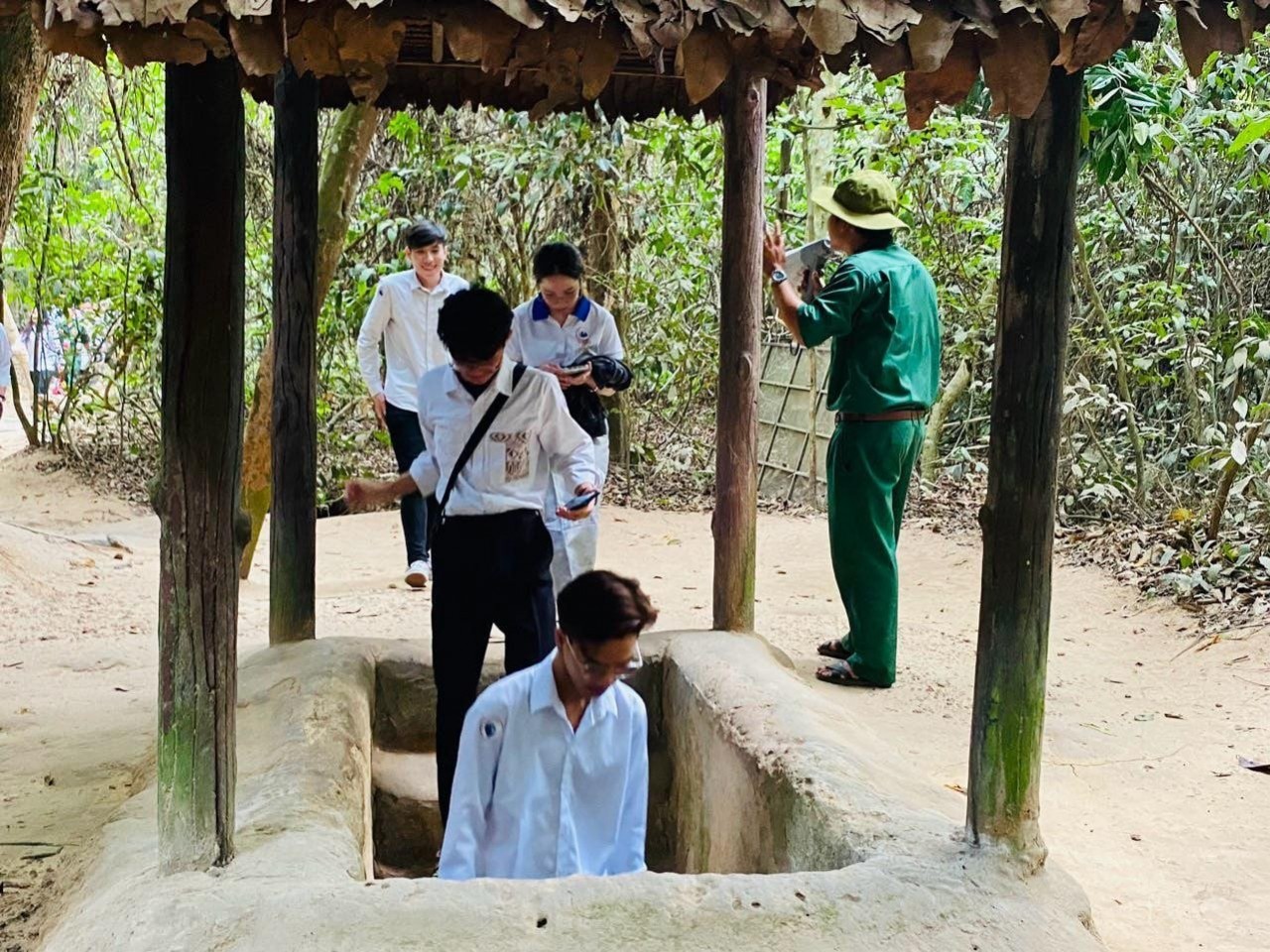Interesting Facts About Angkor Wat - The Acient Temple of Cambodia
| Mysterious Story of Turkey's Old Ghost Town With Abandoned Fairytale Castles | |
| Vietnamese Man Travels to 30 Countries - Video | |
| Ani - The Forgotten Ghost City That Was Once The 'City of 1,001 Churches' |
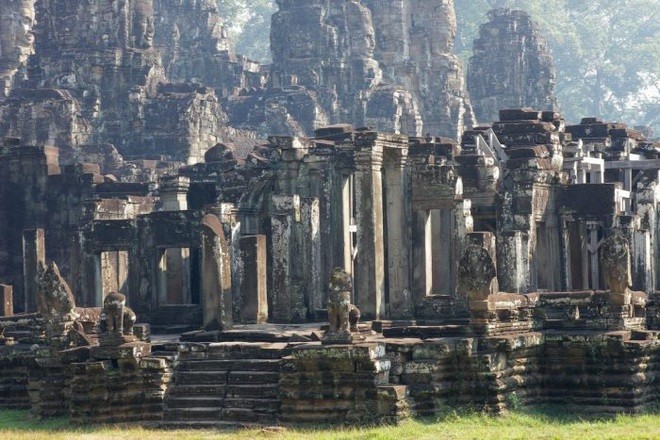 |
| Photo: National Geographic |
Angkor Wat, temple complex at Angkor, near Siĕmréab, Cambodia, that was built in the 12th century by King Suryavarman II (reigned 1113–c. 1150). The vast religious complex of Angkor Wat comprises more than a thousand buildings, and it is one of the great cultural wonders of the world. Angkor Wat is the world’s largest religious structure, covering some 400 acres (160 hectares), and marks the high point of Khmer architecture.
The city of Angkor served as the royal centre from which a dynasty of Khmer kings ruled one of the largest, most prosperous, and most sophisticated kingdoms in the history of Southeast Asia. From the end of the 9th century until early in the 13th century, numerous construction projects were undertaken, the most notable of which was Angkor Wat. It was built by Suryavarman II as a vast funerary temple within which his remains were to be deposited. Construction is believed to have spanned some three decades.
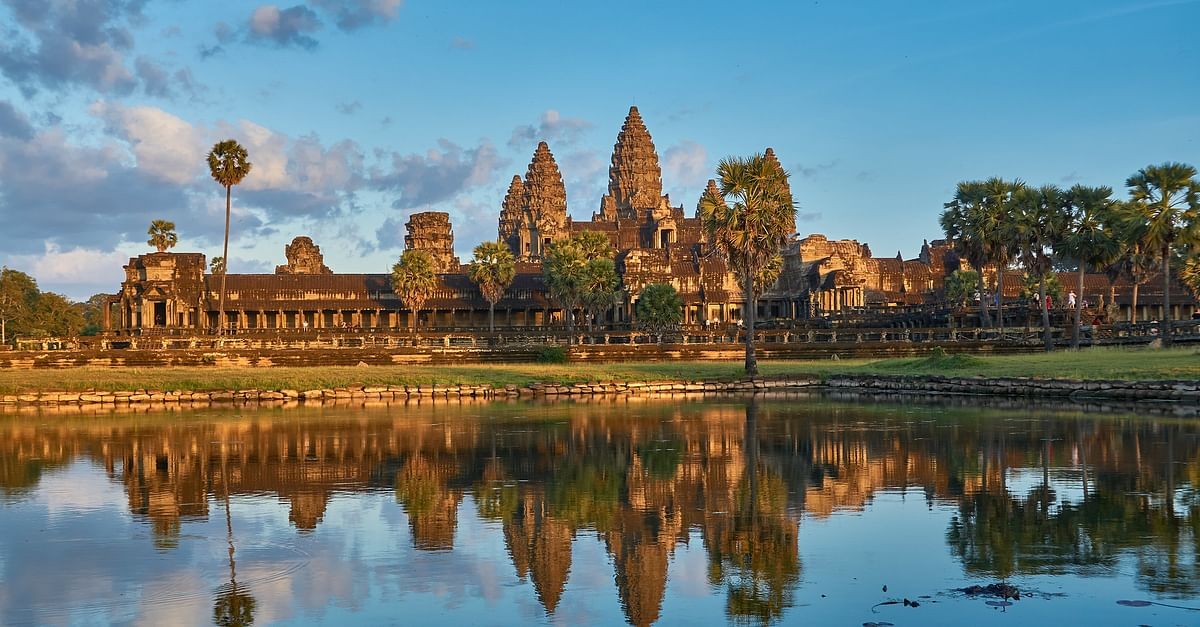 |
| Photo: Getty Images |
Angkor Wat is located roughly five miles north of the modern Cambodian city of Siem Reap, which has a population of more than 200,000 people.
However, when it was built, it served as the capital of the Khmer empire, which ruled the region at the time. The word “Angkor” means “capital city” in the Khmer language, while the word “Wat” means “temple.”
Initially, Angkor Wat was designed as a Hindu temple, as that was the religion of the region’s ruler at the time, Suryavarman II. However, by the end of the 12th century, it was considered a Buddhist site.
Unfortunately, by then, Angkor Wat had been sacked by a rival tribe to the Khmer, who in turn, at the direction of the new emperor, Jayavarman VII, moved their capital to Angkor Thom and their state temple to Bayon, both of which are a few miles to the north of the historic site.
As Angkor Wat’s significance within the Buddhist religion of the region increased, so too did the legend surrounding the site. Many Buddhists believe the temple’s construction was ordered by the god Indra, and that the work was accomplished in one night.
However, scholars now know it took several decades to build Angkor Wat, from the design phase to completion.
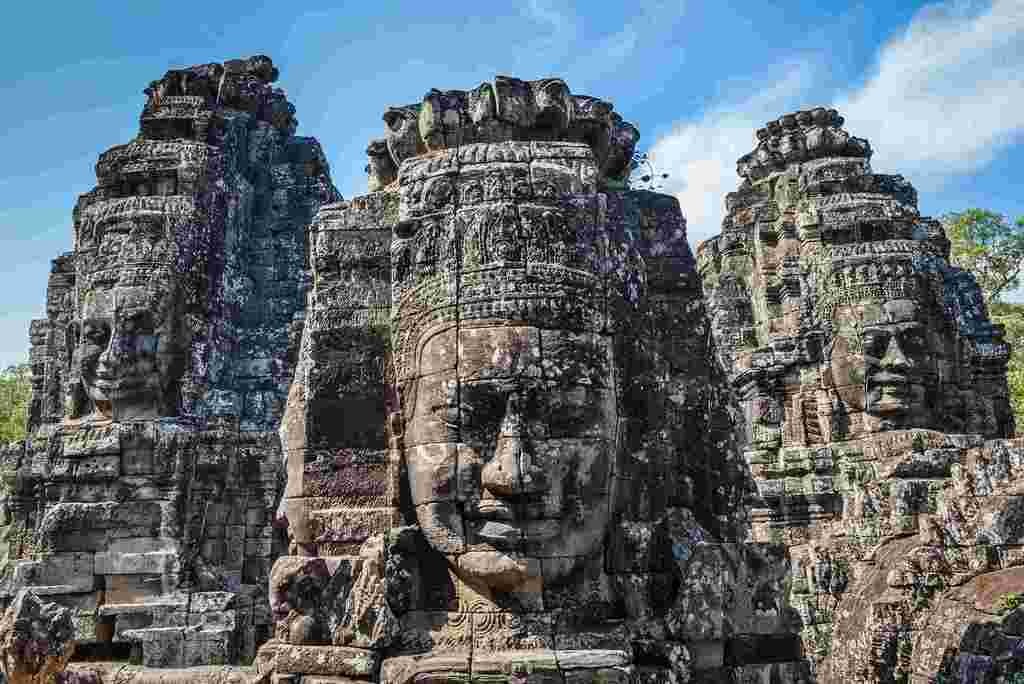 |
| Photo: History |
In the early 15th century Angkor was abandoned. Still Theravada Buddhist monks maintained Angkor Wat, which remained an important pilgrimage site and continued to attract European visitors. Angkor Wat was “rediscovered” after the French colonial regime was established in 1863.
In the 20th century various restoration programs were undertaken, but they were suspended amid the political unrest that engulfed Cambodia in the 1970s. When work resumed in the mid-1980s, the required repairs were extensive. Notably, sections had to be dismantled and rebuilt. In 1992 the Angkor complex, which included Angkor Wat, was designated a World Heritage site by UNESCO and was immediately added to the list of World Heritage in Danger. In the ensuing years, restoration efforts increased, and Angkor was removed from the danger list in 2004. Today Angkor Wat is one of the most important pilgrimage shrines in Southeast Asia and a popular tourist attraction. The temple complex appears on the Cambodian flag.
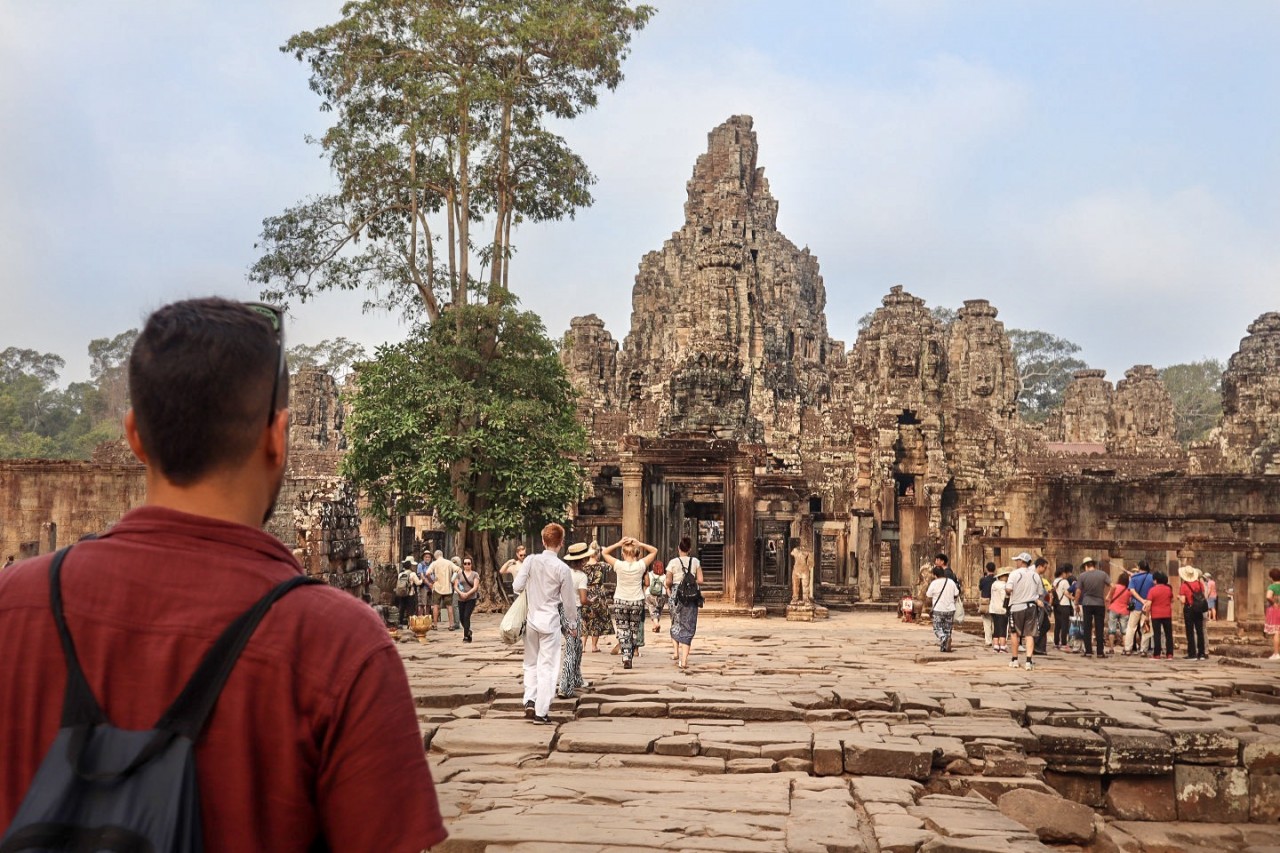 |
| Photo: Nothing Familiar |
Although Angkor Wat was no longer a site of political, cultural or commercial significance by the 13th century, it remained an important monument for the Buddhist religion into the 1800s.
Indeed, unlike many historical sites, Angkor Wat was never truly abandoned. Rather, it fell gradually into disuse and disrepair.
Nonetheless, it remained an architectural marvel unlike anything else. It was “rediscovered” in 1840s by the French explorer Henri Mouhot, who wrote that the site was “grander than anything left to us by Greece or Rome.”
The compliment can likely be attributed to the temple’s design, which is supposed to represent Mount Meru, the home of the gods, according to tenets of both the Hindu and Buddhist faiths. Its five towers are intended to recreate the five peaks of Mount Meru, while the walls and moat below honor the surrounding mountain ranges and the sea.
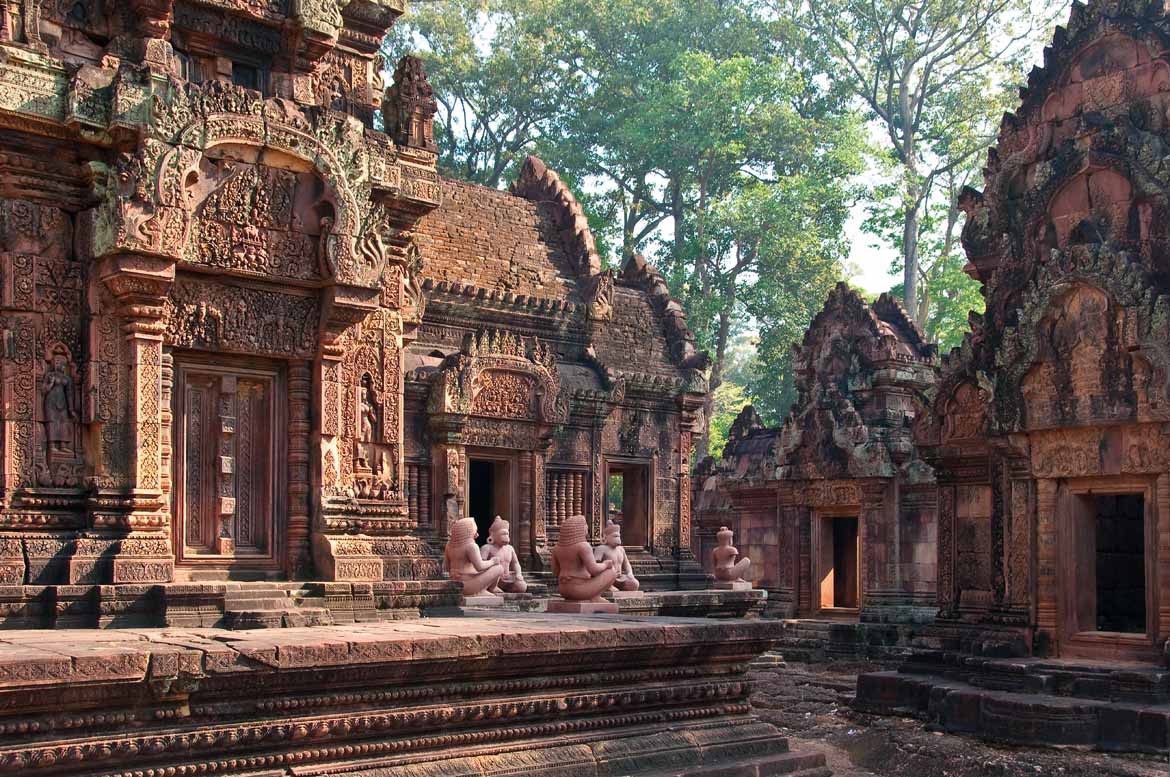 |
| Photo: Inside Asia Tours |
By the time of the site’s construction, the Khmer had developed and refined their own architectural style, which relied on sandstone. As a result, Angkor Wat was constructed with blocks of sandstone.
A 15-foot high wall, surrounded by a wide moat, protected the city, the temple and residents from invasion, and much of that fortification is still standing. A sandstone causeway served as the main access point for the temple.
Inside these walls, Angkor Wat stretches across more than 200 acres. It’s believed that this area included the city, the temple structure and the emperor’s palace, which was just north of the temple.
However, in keeping with tradition at the time, only the city’s outer walls and the temple were made of sandstone, with the rest of the structures built from wood and other, less durable materials. Hence, only portions of the temple and city wall remain.
Even so, the temple is still a majestic structure: At its highest point—the tower above the main shrine—it reaches nearly 70 feet into the air.
The temple walls are decorated with thousands of bas-reliefs representing important deities and figures in the Hindu and Buddhist religions as well as key events in its narrative tradition. There is also a bas-relief depicting Emperor Suryavarman II entering the city, perhaps for the first time following its construction.
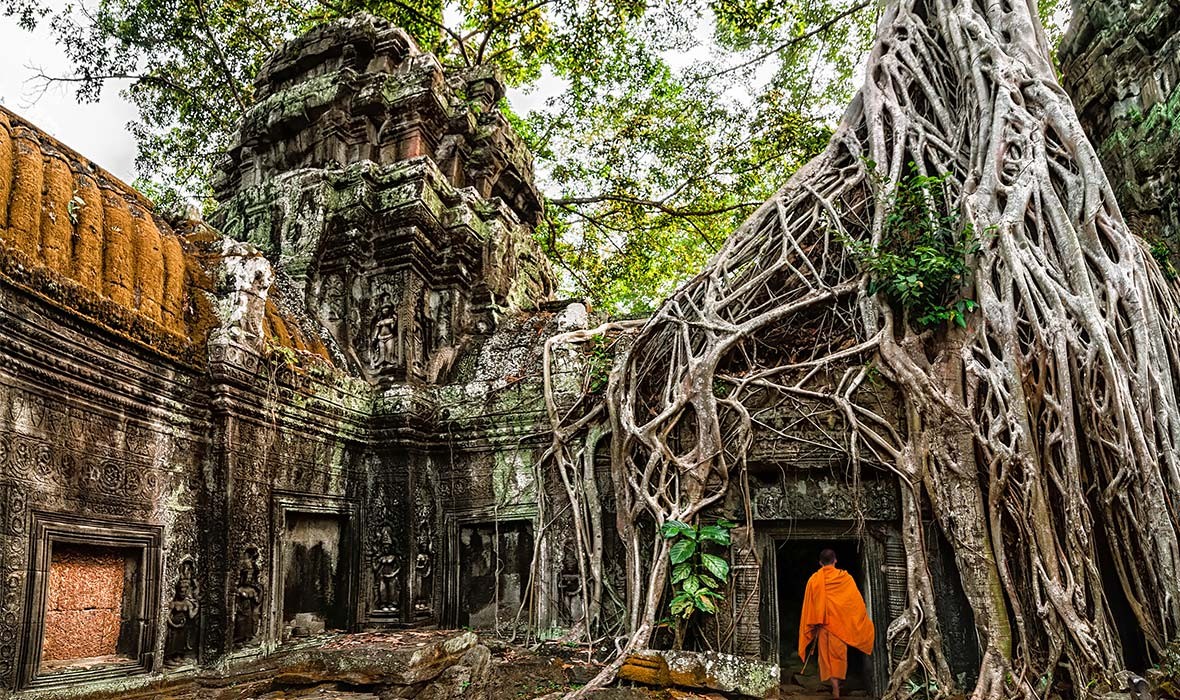 |
| Photo: Remote Lands |
When Cambodia fell into a brutal civil war in the 1970s, Angkor Wat, somewhat miraculously, sustained relatively minimal damage. The autocratic and barbarous Khmer Rouge regime did battle troops from neighboring Vietnam in the area near the ancient city, and there are bullet holes marking its outer walls as a result.
Since then, with the Cambodian government undergoing numerous changes, the international community, including representatives of India, Germany and France, among others, have contributed to the ongoing restoration efforts.
The site remains an important source of national pride for Cambodians.
In 1992, it was named a UNESCO World Heritage site. Although visitors to Angkor Wat numbered in just the few thousands at the time, the landmark now welcomes some 500,000 visitors each year—many of whom arrive early in the morning to capture images of the sunrise over what still is a very magical, spiritual place.
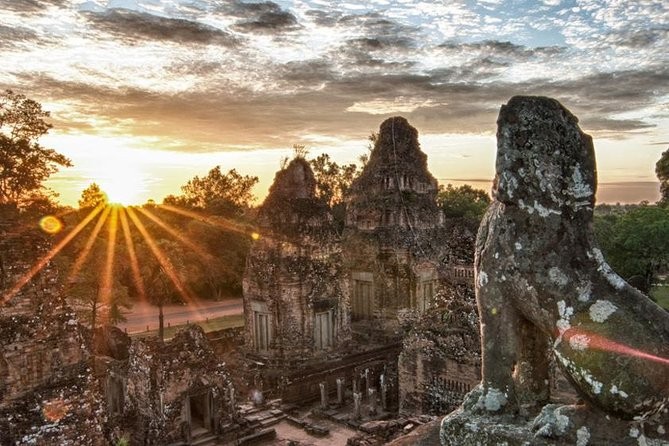 |
| Photo: Viator |
Hidden paintings have been discovered in the central tower. One chamber in the tower has a scene showing a traditional Khmer ensemble of musical instruments known as the pinpeat, which is made up of different gongs, xylophones, wind instruments and other percussion instruments. In the same chamber, there's also an intricate scene featuring people riding horses between two structures, which might be temples. These two paintings are among 200 that have been discovered in Angkor Wat since 2010.
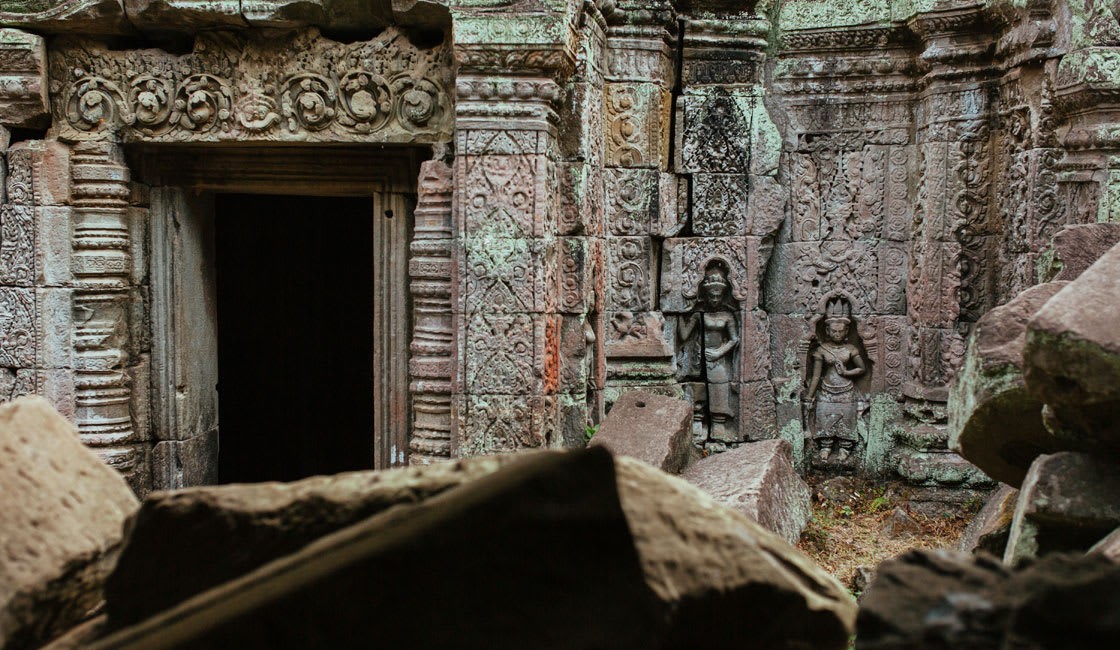 |
| Photo: Rainforest Cruises |
Although Angkor Wat is dedicated to Vishnu, the full purpose of the temple is still debated. One question is whether the ashes of Suryavarman II were interred in the monument, perhaps in the same chamber where the deposits were found. If that were the case it would give the temple a funerary meaning.
Eleanor Mannikka has noted that Angkor Wat is located at 13.41 degrees north in latitude and that the north-south axis of the central tower's chamber is 13.43 cubits long. This, Mannikka believes, is not an accident. "In the central sanctuary, Vishnu is not only placed at the latitude of Angkor Wat, he is also placed along the axis of the earth," she writes, pointing out that the Khmer knew the Earth was round.
In addition, in her writing, Mannikka notes a dozen lunar alignments with Angkor Wat's towers, suggesting that it served an important astronomical role. "During the long and clear Cambodian nights, when the stars filled every inch of the black sky, the astronomer-priests stood on the long western causeway ... and recorded the movements of the moon against the towers in the top two galleries of the temple."
 | Top 9 Most Beautiful Birds Appearing In Summer Summer is a great time for many species of birds to appear in the lakes, and tourists to enjoy the wonderful sights of them swimming ... |
 | Top 10 Most Beautiful Places In The World To Discover Beauty exists on ever corner of the map- try to see it all! |
 | Top 10 Most Beautiful Roads In The World - Instagram Have you considered visiting multiple places after Covid-19 is over? Here is top 10 most beautiful roads for you to check-in, according to Instagram voters. |
Recommended
 World
World
Pakistan NCRC report explores emerging child rights issues
 World
World
"India has right to defend herself against terror," says German Foreign Minister, endorses Op Sindoor
 World
World
‘We stand with India’: Japan, UAE back New Delhi over its global outreach against terror
 World
World
'Action Was Entirely Justifiable': Former US NSA John Bolton Backs India's Right After Pahalgam Attack
 World
World
US, China Conclude Trade Talks with Positive Outcome
 World
World
Nifty, Sensex jumped more than 2% in opening as India-Pakistan tensions ease
 World
World
Easing of US-China Tariffs: Markets React Positively, Experts Remain Cautious
 World
World

